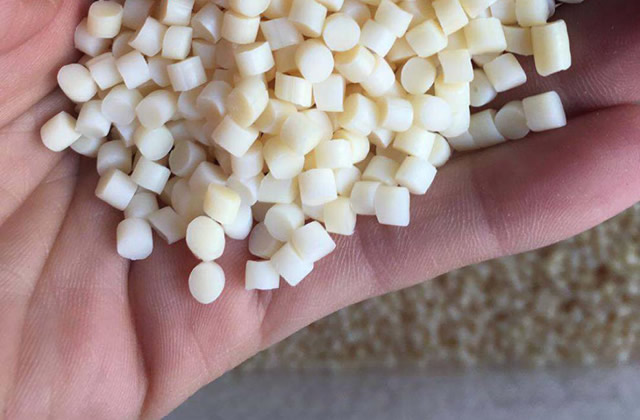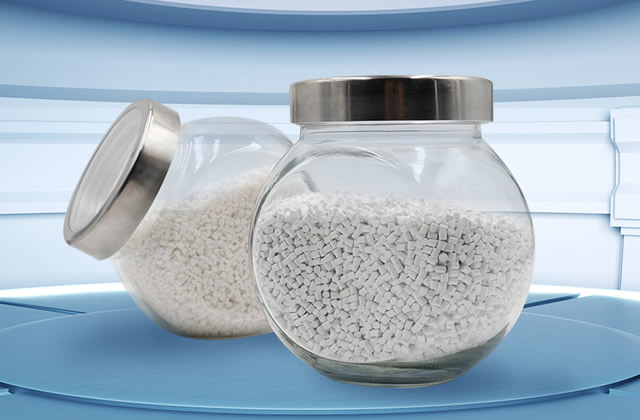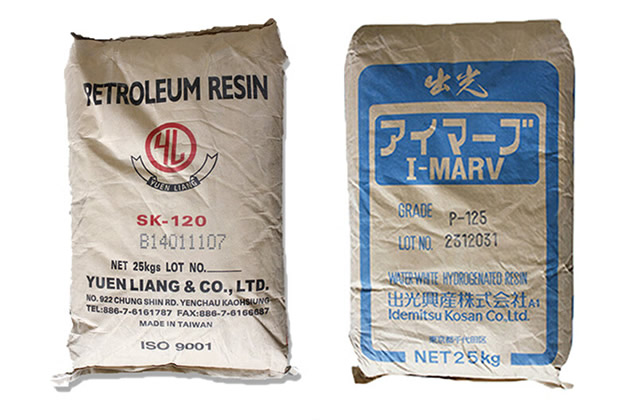1. Medical oxygen cylinders should be inspected every few years
Medical oxygen cylinders are oxygen cylinders used in the medical field. They contain high-pressure oxygen. For safety reasons, they need to be Regular inspections are carried out, so how often is the inspection cycle for medical oxygen cylinders?
According to the relevant provisions of the national standards for the manufacture and use of high-pressure vessels and the “Gas Cylinder Safety Supervision Regulations” issued by the Ministry of Labor, oxygen cylinders are high-pressure container cylinders containing general gases, and the testing cycle is every three Inspection once a year.
In addition, if the oxygen cylinder is found to be severely corroded or damaged during use, or if there are doubts about its safety and reliability, it should be inspected in advance; oxygen cylinders that have been in stock and out of service for more than one inspection cycle , should be inspected before use.

2. Where to check oxygen bottles
Oxygen bottles need to be checked regularly, so where can I check them? What about testing oxygen bottles?
It is understood that the unit responsible for the periodic inspection of oxygen cylinders should comply with the national standard “Technical Conditions for Periodic Inspection Stations of Gas Cylinders” and obtain a qualification certificate after qualification review in accordance with the relevant regulations of the Ministry of Labor. Generally speaking, medical oxygen cylinders can be inspected at the local Quality and Technical Supervision Bureau, the Quality Inspection Institute, the Special Equipment Inspection Institute and other units affiliated to the Quality and Technical Supervision Bureau.
3. Testing methods for oxygen bottles
In order to ensure the safe and reliable use of oxygen bottles, oxygen bottles need to be tested regularly. The general testing items mainly include: :
1. Appearance inspection
Inspectors will carefully observe the appearance of the oxygen cylinder to check whether there are obvious dents, cracks, rust and other defects. . Appearance inspection can visually determine whether the oxygen cylinder has safety hazards.
2. Sound detection
The inspector will gently tap the oxygen bottle and listen to the changes in the sound to determine whether there is foreign matter or damage inside the oxygen bottle. . A normal oxygen bottle should make a crisp sound. If you hear a dull or irregular sound, it may mean there is a problem with the oxygen bottle.
3. Magnetic particle testing
Magnetic particle testing is a method commonly used to detect defects in metal materials, and is also suitable for the detection of oxygen bottles. The inspector will apply magnetic powder on the surface of the oxygen bottle and then apply a magnetic fieldto observe the distribution of the powder. If there are cracks or defects on the surface of the oxygen cylinder, magnetic particles will accumulate in these places and can be detected by inspectors.
4. Pressure testing
The inspector will use a special pressure gauge to measure the pressure inside the oxygen cylinder. By comparing with the standard pressure, you can determine whether the oxygen cylinder is operating within a safe range. At the same time, pressure detection can also be used to detect the air tightness of oxygen bottles. If there is a leakage problem in the oxygen bottle, the pressure will drop rapidly.
5. Ultrasonic testing
Ultrasonic testing is a method commonly used to detect wall thickness and defects of oxygen bottles. The inspector will use an ultrasonic detector to send ultrasonic waves to the surface of the oxygen bottle, and then analyze the internal structure of the oxygen bottle by receiving the echo. Through ultrasonic testing, thickness changes, cracks and other defects in the walls of oxygen bottles can be detected.
If the website content violates your rights, please contact us to delete it。








